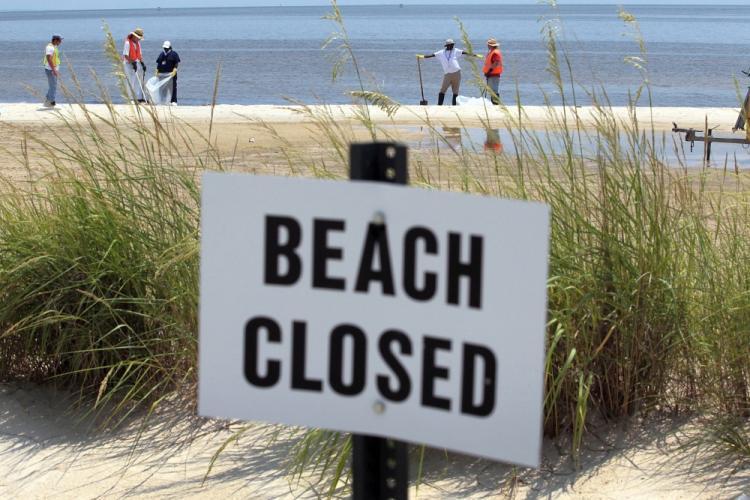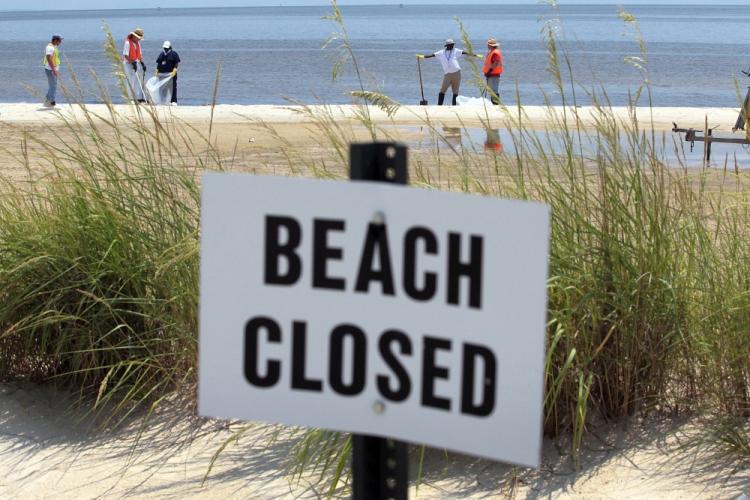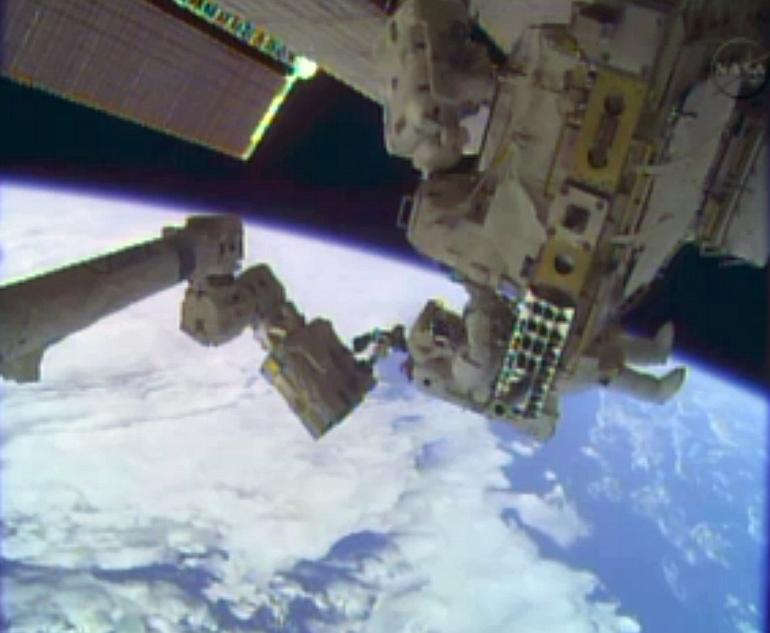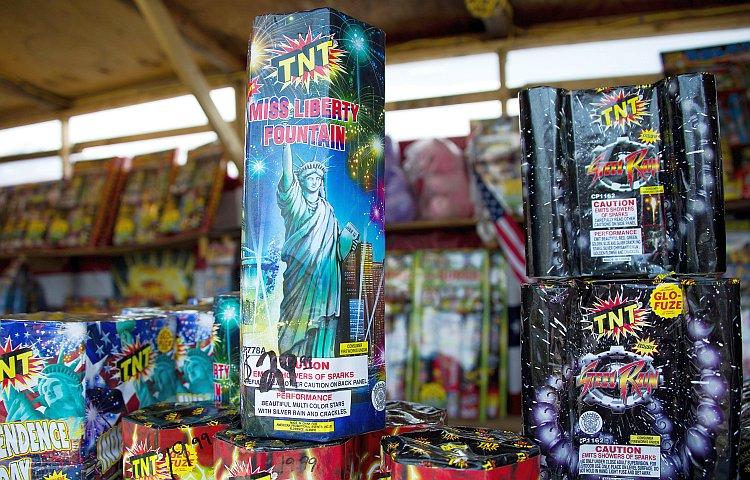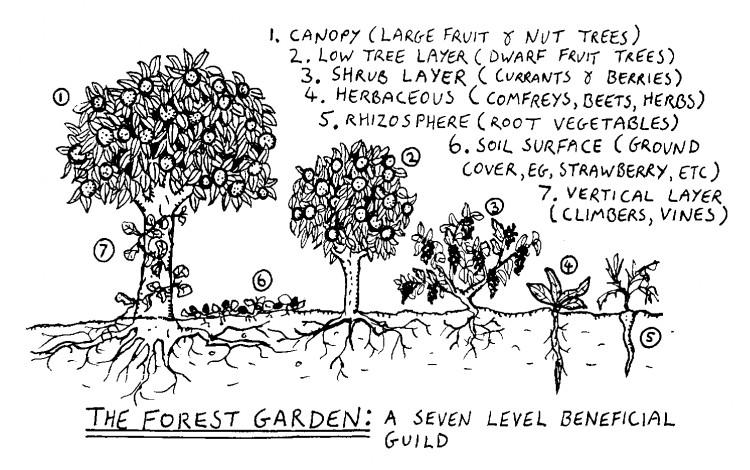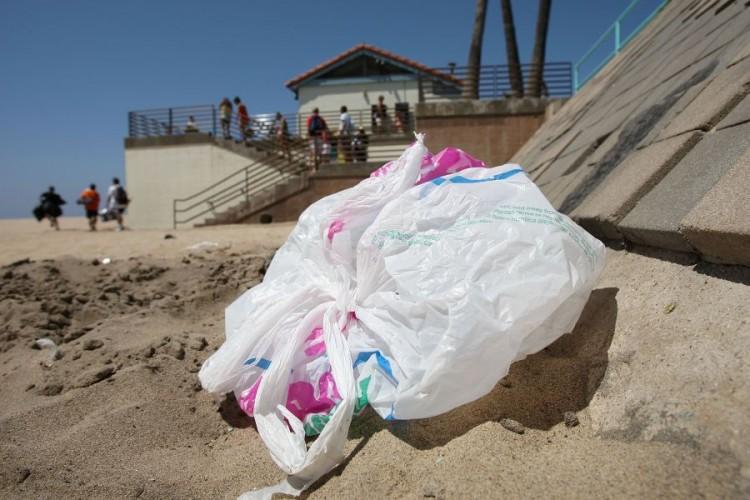With BP’s new containment equipment in place and further pressure-testing now underway, tar balls discovered on regional beaches are being tested for links to the Deepwater Horizon oil well as cleanup efforts continue.
Tar Balls and the Cost of Oil Spill Cleanup
Tar balls discovered on regional beaches are being tested for links to the Deepwater Horizon oil well.

Oil cleanup workers drag bags of absorbent material to be placed along the waters edge during cleanup of the Deepwater Horizon oil spill on Grand Isle, Louisiana. Joe Raedle/Getty Images
|Updated:
